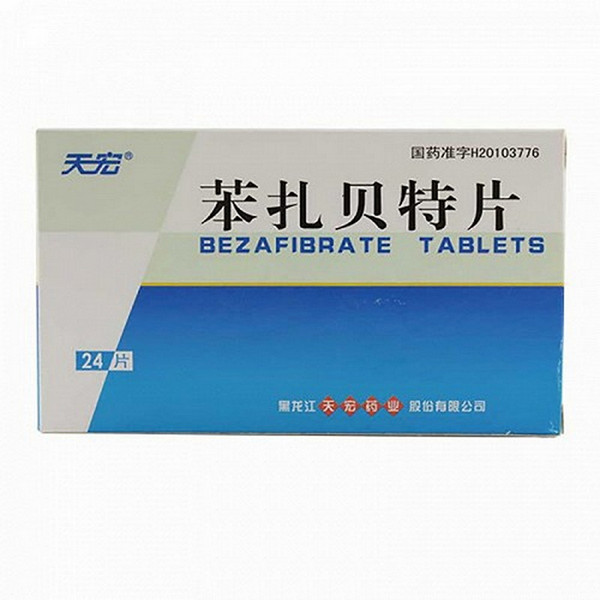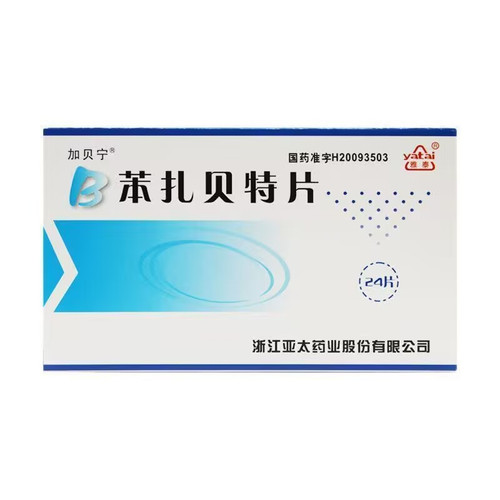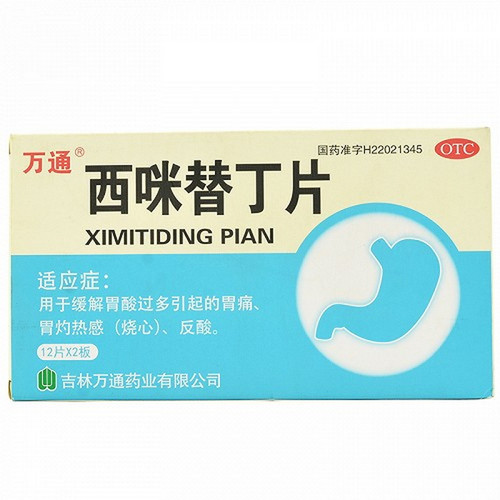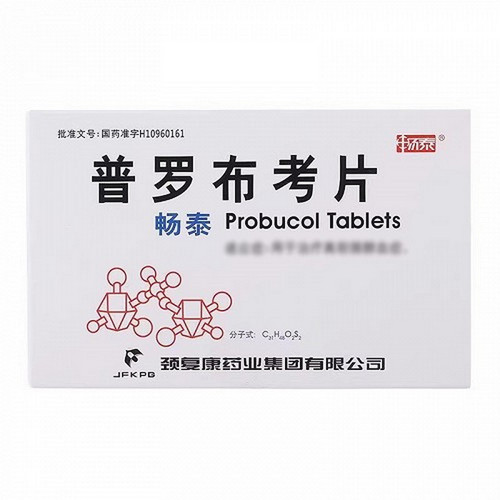Product Overview
[Drug Name]
Generic Name: Bezafibrate Tablets
Trade Name: Tianhong Bezafibrate Tablets 0.2g x 24 Tablets
[Main Ingredients]
The main ingredient of this product is bezafibrate. The chemical name of bezafibrate is [p-4-chlorobenzoyl-B-aminoethylphenoxy]isobutyric acid.
[Indications/Main Functions]
Used for the treatment of hypertriglyceridemia, hypercholesterolemia, and combined hyperlipidemia.
[Specifications]
0.2g x 24 tablets
[Dosage and Administration]
Usual adult dosage: Take bezafibrate tablets orally three times daily, 200-400 mg each time. It can be taken with or after meals. For patients with optimal efficacy, the maintenance dose can be 400 mg twice daily. In cases of renal impairment, the dose should be adjusted according to creatinine clearance: 40-60 ml/min, 400 mg twice daily; 15-40 ml/min, 400 mg once daily or every other day; below 15 ml/min, 400 mg every three days.
[Adverse Reactions]
1. The most common adverse reactions are gastrointestinal discomfort, such as dyspepsia, anorexia, nausea, vomiting, fullness, and stomach discomfort. Other less common adverse reactions include headache, dizziness, fatigue, rash, itching, impotence, anemia, and decreased white blood cell count. 2. Occasionally, cholelithiasis or myositis (myalgia, fatigue) may occur. This product is a clofibric acid-based drug and may cause myositis, myopathy, and rhabdomyolysis, leading to elevated blood creatine phosphokinase. Rhabdomyolysis, primarily manifested by myalgia combined with elevated blood creatine phosphokinase and myoglobinuria, may lead to renal failure, but this is rare. Patients with nephrotic syndrome or other renal impairment leading to hypoalbuminemia, or those with hyperthyroidism, are at increased risk of myopathy. 3. Elevated serum aminotransferases may occur occasionally.
[Contraindications]
1. Contraindicated in patients with allergies to bezafibrate. 2. Contraindicated in patients with gallbladder disease or cholelithiasis, as this product may exacerbate gallbladder disease symptoms. 3. Contraindicated in patients with hepatic insufficiency or primary biliary cirrhosis. 4. Contraindicated in patients with severe renal insufficiency, as this product may cause rhabdomyolysis and severe hyperkalemia. It is also contraindicated in patients with hypoalbuminemia caused by nephrotic syndrome, as it increases the risk of myopathy.
[Drug Interactions]
1. This product may significantly enhance the effects of oral anticoagulants. When used concomitantly with these drugs, the oral anticoagulant dose should be reduced and the prothrombin time should be monitored frequently to adjust the anticoagulant dose. Its mechanism of action is uncertain, but it may be due to its ability to displace drugs such as warfarin from their protein binding sites, thereby enhancing their effects. 2. When this drug is used in combination with other highly protein-bound drugs, it may displace them from protein binding sites, potentially enhancing their effects. Examples include tolbutamide and other sulfonylurea hypoglycemic drugs, phenytoin, and furosemide. If these drugs are taken during lipid-lowering therapy, the dosage of these hypoglycemic and other medications should be adjusted. 3. The combined use of clofibric acid derivatives with HMG-CoA reductase inhibitors, such as lovastatin, for the treatment of hyperlipidemia increases the risk of severe muscle toxicity from both drugs, potentially causing myalgia, rhabdomyolysis, and elevated blood creatine phosphokinase. Therefore, combined use should be avoided. 4. This drug is primarily excreted via the kidneys. Combination use with immunosuppressants, such as cyclosporine, can increase their blood concentrations and nephrotoxicity, potentially worsening renal function. Therefore, the dose should be reduced or discontinued. Caution should also be exercised when using this drug in combination with other nephrotoxic drugs. 5. This drug can enhance the effects of hypoglycemic drugs.
[Precautions]
1. This product may interfere with diagnosis. ① Hemoglobin and white blood cell counts may decrease. ② Blood aminotransferases may increase. ③ Blood creatinine may increase. 2. Regular checks should be performed during medication: ① Complete blood count and platelet count; ② Liver and kidney function tests; ③ Blood lipids; ④ Blood creatine phosphokinase. 3. If cholelithiasis, significant liver function abnormalities, suspected myopathy symptoms (such as myalgia, tenderness, fatigue), or a significant increase in blood creatine phosphokinase develop after medication, the drug should be discontinued. 4. While treating hyperlipidemia, it is also important to monitor and treat underlying conditions that may cause hyperlipidemia, such as hypothyroidism and diabetes. Certain medications, such as estrogens, thiazide diuretics, and anti-blockers, can also cause hyperlipidemia. After discontinuation of these medications, corresponding anti-hyperlipidemic treatment is no longer necessary. 5. Dietary therapy remains the primary treatment for hyperlipidemia. In combination with exercise and weight loss, it is superior to any other form of drug therapy.
[Pediatric Use]
The efficacy and safety of this drug in children have not been confirmed by experimental studies, so it is not recommended.
[Elderly Use]
The dosage of this drug should be adjusted according to the patient's liver and kidney function. If renal dysfunction is present, the dosage should be appropriately reduced.
[Overdose]
There have been no reports of overdose with this drug. If an overdose occurs, supportive care should be implemented for symptoms of toxicity.
[Pharmacology and Toxicology]
This drug is a biologic lipid-regulating drug based on clofibric acid. It has two mechanisms of action: first, it increases the activity of lipoprotein lipase and hepatic lipase, promoting the breakdown of very low-density lipoprotein (VLDL), thereby lowering blood triglyceride levels. Second, it reduces the secretion of VLDL. This drug lowers both LDL and cholesterol, possibly by enhancing the clearance of receptor-bound LDL. This drug's effect on lowering blood triglycerides is stronger than its effect on lowering blood cholesterol, and it also increases high-density lipoprotein cholesterol. It also has the potential to lower blood fibrinogen. Existing studies have not found that this product has carcinogenic or mutagenic effects.






